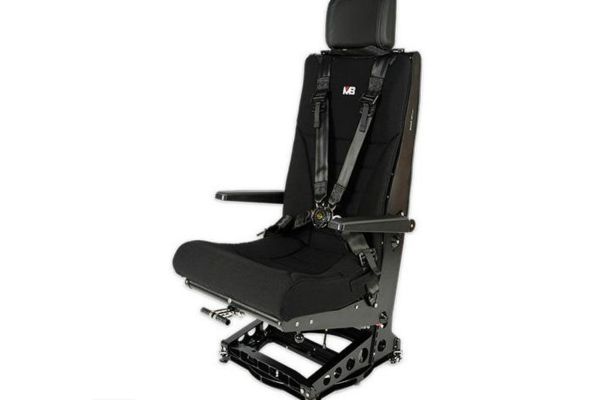Safety remains a top priority in the aviation industry, with continuous advancements aimed at reducing risks for passengers. One critical aspect of aircraft safety is the development of crashworthy seats, designed to absorb impact forces and protect occupants during emergency landings or crashes. For families traveling together, the assurance of enhanced seat safety is particularly important, as it directly affects the well-being of both adults and children. This article explores the engineering principles behind crashworthy aircraft seats, their impact on passenger safety, and the future of seat technology in aviation. According to the Consegic Business Intelligence report, Crashworthy Aircraft Seats Market is estimated to reach over USD 1,538.45 Million by 2032 from a value of USD 1,014.27 Million in 2024 and is projected to grow by USD 1,050.85 Million in 2025, growing at a CAGR of 5.3% from 2025 to 2032.
Engineering Principles of Crashworthy Aircraft Seats :
Crashworthy seating systems are designed based on rigorous engineering standards that prioritize energy absorption, structural integrity, and occupant restraint. Unlike conventional seats, crashworthy aircraft seats incorporate energy-absorbing materials and dynamic load distribution mechanisms to minimize the force transferred to passengers during impact.
A key element in these seats is progressive deformation technology, which allows the seat structure to collapse in a controlled manner, dissipating kinetic energy and reducing injury risks. Additionally, honeycomb composite materials are commonly used in seat construction due to their high strength-to-weight ratio and excellent impact absorption properties.
Another critical component is the four-point or five-point restraint system, which provides superior passenger retention compared to traditional lap belts. These harnesses secure passengers more effectively, reducing forward motion and preventing secondary injuries caused by contact with cabin structures. For children, enhanced child restraint systems (CRS) are integrated into seat designs, ensuring proper positioning and improved safety during turbulence or emergency landings.
Regulatory Standards and Safety Certifications :
To ensure the highest level of protection, crashworthy aircraft seats must comply with stringent aviation safety regulations set by organizations such as the Federal Aviation Administration (FAA) and the European Union Aviation Safety Agency (EASA). The FAA’s 14 CFR Part 25.562 standard, for example, requires that all aircraft seats withstand dynamic impact forces and limit passenger deceleration within safe thresholds.
Crash testing is a crucial part of certification, with seats undergoing sled impact tests that simulate real-world crash scenarios. These tests evaluate seat performance under both frontal and vertical impact conditions, ensuring they can effectively mitigate injuries. Additionally, flame-resistant materials are integrated into seat designs to enhance fire safety in post-crash scenarios.
The Future of Crashworthy Seat Technology :
As aviation technology evolves, the next generation of crashworthy seats is incorporating smart materials and real-time monitoring systems to further enhance safety. Shape-memory alloys and adaptive cushioning are being developed to adjust seat properties dynamically based on passenger weight and impact forces. These innovations aim to optimize energy absorption and passenger protection in varying crash scenarios.
Another emerging trend is the integration of biometric sensors within seat structures. These sensors can monitor passenger vital signs during flights, detecting abnormal conditions such as motion sickness, fatigue, or distress. In the event of an emergency, this data could assist crew members in providing timely medical intervention.
Additionally, modular seating configurations are being explored to improve safety for families traveling with young children. Adjustable seat designs with built-in child restraint systems and impact-resistant sidewalls provide better protection for infants and toddlers, reducing risks associated with improper seating arrangements.
Conclusion:
Crashworthy aircraft seats play a vital role in ensuring safer air travel for families by incorporating advanced materials, energy-absorbing mechanisms, and improved restraint systems. With stringent safety regulations and ongoing technological innovations, these seats continue to evolve, providing enhanced protection in the event of an emergency. As the aviation industry prioritizes passenger safety, families can have greater confidence in the reliability of modern aircraft seating, making air travel a more secure and comfortable experience.
Source : Crashworthy Aircraft Seats Market

















